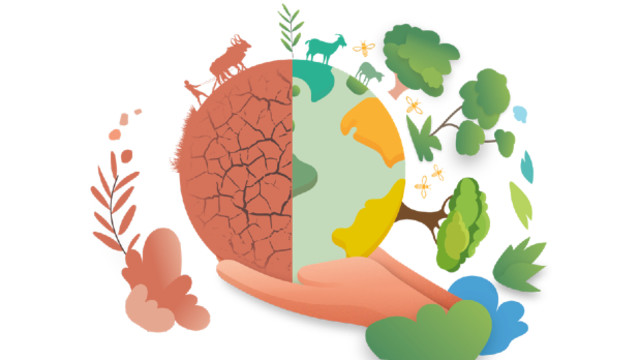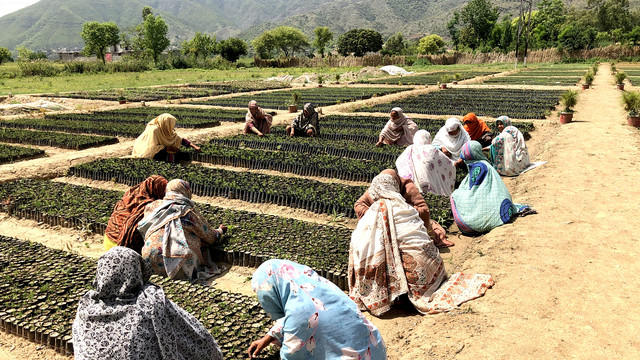COVID-19 and forest communities
IIED and partners are exploring the impact of the COVID-19 pandemic on community forest organisations and the lessons that can be learnt through the resilience they have demonstrated and their contributions to building back better.

UNORCAC coordinated the sourcing of materials and information with the Cantonal Emergency Operational Committee so that members could access and sell products at the local market (Photo: copyright UNORCAC)
COVID-19 has exacerbated existing vulnerabilities and created new challenges for local communities living near and depending on forests. The rapid onset of the pandemic, coupled with the limited access to supporting services in these often-remote areas, brought a new sense of vulnerability.
Despite these challenges, various organisations of Indigenous Peoples and forest and farm producers have used their social capital and capacity for collective action to respond to and alleviate the negative impacts of the pandemic on their communities.
These actions have broader relevance for resilience – including the growing need for resilience in the face of climate change.
What is IIED doing?
Working with partners, IIED are producing a working paper for the Food and Agriculture Organization (FAO) of the United Nations that draws both on published literature about reported COVID-19 impacts and the responses of community forest organisations.
The paper describes five case studies from forest and farm producer organisations in communities in Bolivia, Ghana, Ecuador, Madagascar and Nepal.
Through the comprehensive literature review and case studies, IIED has assessed the current COVID-19 situation in multiple forest landscapes and the responses of community forest organisations.
This led to the development of a framework that outlines how community forest organisations can respond, recover and build back better from COVID-19. The framework was then used to generate recommendations for how actors, including producer organisations, governments and development institutions, can facilitate these efforts.
Reflecting on past crises and building on the initial COVID-19 responses found in case studies and lessons from producer organisations, the working paper identifies seven key pathways and 14 strategic actions for forest communities to recover and build back better from COVID-19. The seven pathways are:
- Strengthen locally accountable organisations of forest communities
- Involve those organisations in the design of COVID-19 recovery efforts
- Diversify production systems to build resilience at multiple levels
- Scale up and formalise community-based social protection initiatives
- Prepare for and respond to shocks with better data
- Involve community forest organisations in broader rural economic transformations, and
- Support local leadership of forest landscape restoration and protection.



